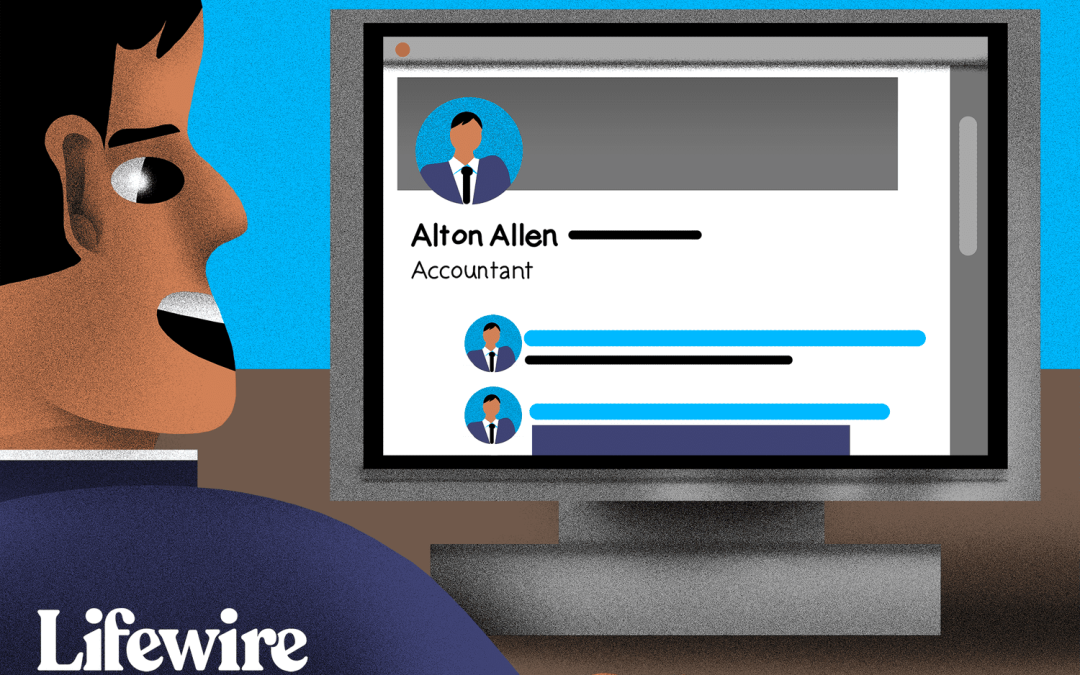
by admin | May 3, 2024 | Employee Orientation, Employment Application, Interview Techniques, Job Analysis, Skills Gap Analysis
Title: Unlocking the Power of LinkedIn: Crafting Your Profile as a Student and Job Seeker
In today’s digital age, LinkedIn has become more than just a professional networking platform; it’s a powerful tool for students and job seekers alike to showcase their skills, experiences, and aspirations. With over 700 million users worldwide, LinkedIn offers a vast network of opportunities waiting to be explored. So, how can you make the most out of this platform to build your profile effectively as both a student and a job seeker? Let’s dive in.
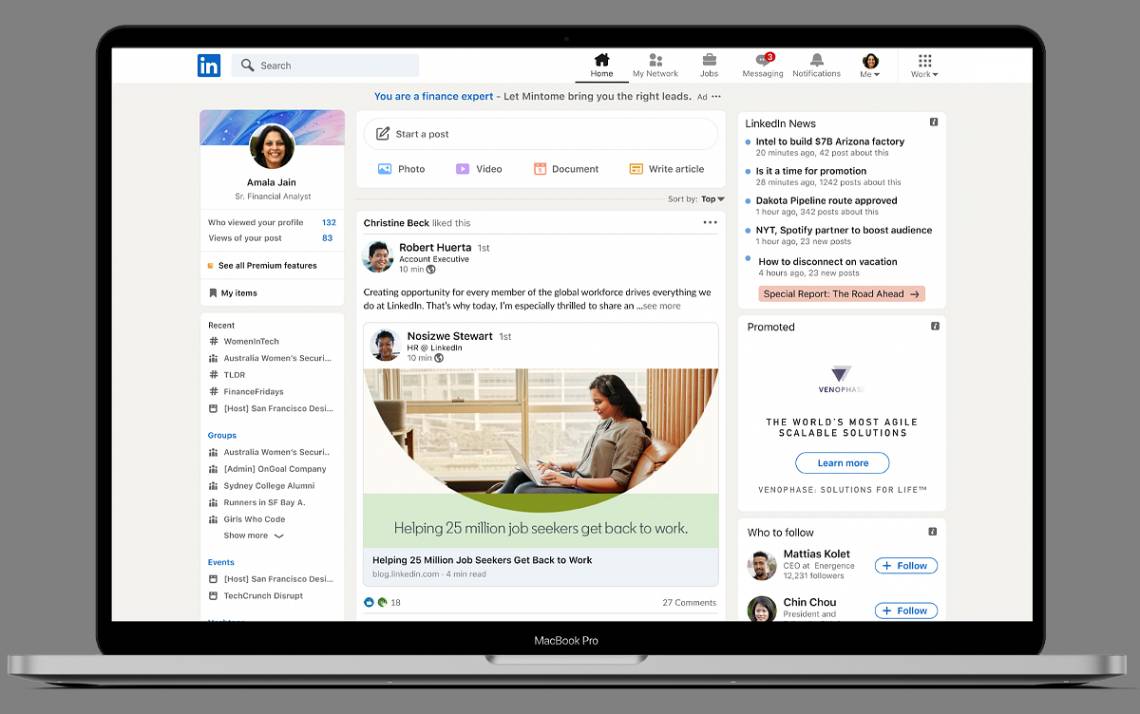
1. Optimize Your Profile
Your LinkedIn profile is your digital resume, so make sure it shines. Start with a professional profile picture and a compelling headline that highlights your current status (e.g., “Motivated Student | Aspiring Software Developer”). Craft a summary that showcases your unique strengths, passions, and career goals. Don’t forget to fill out your experience, education, skills, and other relevant sections to provide a comprehensive overview of your background.
2. Showcase Your Achievements
Whether it’s academic accolades, volunteer work, internships, or personal projects, highlight your achievements prominently on your profile. Use concise yet descriptive language to demonstrate the impact you’ve made in each role or endeavor. Include relevant keywords to increase your visibility in searches conducted by recruiters and employers.
3. Build Your Network
Networking is key on LinkedIn. Connect with classmates, professors, industry professionals, and alumni to expand your network. Personalize connection requests to establish genuine connections. Join LinkedIn groups related to your field of study or career interests to engage with like-minded individuals and participate in discussions.
4. Engage with Content
Stay active on LinkedIn by sharing insightful articles, commenting on posts, and congratulating others on their achievements. Engaging with content not only helps you stay visible but also positions you as a knowledgeable and enthusiastic professional in your field. Don’t hesitate to share your own thoughts, experiences, and projects to spark meaningful conversations.
5. Seek Opportunities
Utilize LinkedIn’s job search feature to explore internship, part-time, and full-time opportunities aligned with your interests and career goals. Follow companies you’re interested in to stay updated on their latest developments and job openings. Consider reaching out to recruiters or hiring managers directly with personalized messages expressing your interest and qualifications.
6. Request Recommendations
Gather recommendations from professors, supervisors, or colleagues who can vouch for your skills and work ethic. These testimonials add credibility to your profile and provide valuable insights for potential employers. Don’t hesitate to reciprocate by writing recommendations for others in your network.
7. Continuously Update and Improve
Your LinkedIn profile is a work in progress. Regularly update it with new experiences, skills, certifications, and accomplishments. Stay informed about industry trends and best practices to ensure your profile remains relevant and compelling.
In conclusion, LinkedIn offers a plethora of opportunities for students and job seekers to showcase their talents, connect with professionals, and pursue their career aspirations. By optimizing your profile, building your network, engaging with content, and actively seeking opportunities, you can leverage this platform to propel your academic and professional journey forward. So, why wait? Start crafting your standout LinkedIn profile today and unlock the doors to endless possibilities.
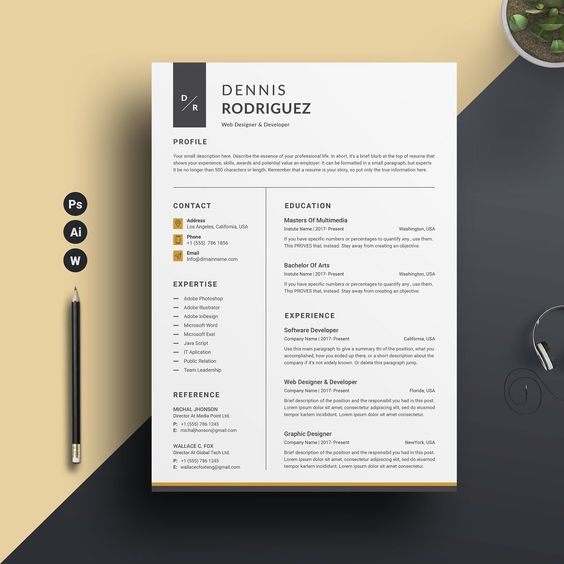
by admin | Mar 19, 2024 | Employment Application, Employee Handbooks, Employee Orientation, Job, Job Analysis
CV Templates In Khmer and English Download
“Discover the perfect blend of professionalism and cultural identity with our CV templates, available for download in both Khmer and English. Whether you’re applying for jobs locally or internationally, our templates are designed to showcase your skills and experiences in the most effective way. Download now and take the first step towards your dream job!”
=> Click the link to Download here: https://drive.google.com/drive/folders/1HjFpRJCUGfNIJVGqACJqW-zsm9u-UH-t?usp=sharing
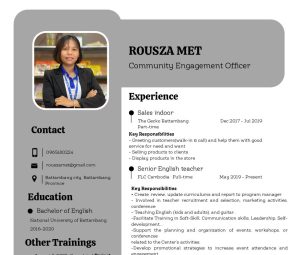

Good Luck!

by admin | Mar 18, 2024 | Job, Employee Orientation, Employment Application, Interview Techniques, Job Analysis, Skills Gap Analysis
Title: Resume Essentials: What Every Job Seeker Needs to Know
Your resume is your personal marketing tool in the competitive job market. It’s the first glimpse potential employers have into your professional background, skills, and capabilities. Crafting a standout resume requires careful attention to detail and a strategic approach. Whether you’re a recent graduate entering the workforce or a seasoned professional looking for a career change, understanding the essentials of resume writing is crucial. Let’s explore what every job seeker needs to know to create a compelling resume that gets noticed.
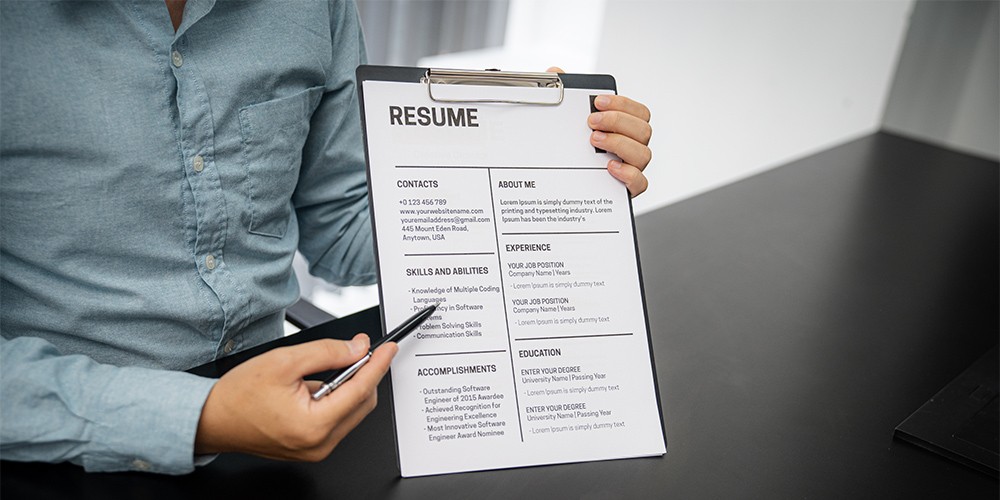
1. Clear Formatting and Layout:
Your resume should have a clean and professional appearance. Use a simple, easy-to-read font and maintain consistent formatting throughout the document. Organize information logically, with clear headings and bullet points to make it easy for recruiters to scan.
2. Contact Information:
Ensure your contact information is prominently displayed at the top of your resume. Include your full name, phone number, email address, and LinkedIn profile (if applicable). Make it easy for recruiters to reach out to you for further consideration.
3. Strong Summary or Objective Statement:
Start your resume with a brief summary or objective statement that highlights your career goals and key qualifications. This section should grab the reader’s attention and provide a snapshot of your professional background and aspirations.
4. Relevant Work Experience:
List your work experience in reverse chronological order, starting with your most recent job. Include the company name, job title, dates of employment, and a brief description of your responsibilities and achievements for each role. Focus on relevant experiences that demonstrate your skills and accomplishments related to the job you’re applying for.
5. Education and Credentials:
Provide details of your educational background, including the name of the institution, degree earned, and graduation date. Mention any relevant certifications, licenses, or professional development courses that enhance your qualifications for the position.
6. Key Skills and Abilities:
Highlight your core skills and competencies that are relevant to the job. This may include technical skills, soft skills, languages, or specialized knowledge relevant to your field. Use keywords from the job description to ensure your resume gets noticed by applicant tracking systems (ATS).
7. Achievements and Accomplishments:
Quantify your achievements whenever possible to demonstrate the impact you’ve made in previous roles. Use specific metrics, such as percentages, dollar amounts, or project milestones, to illustrate your contributions and results.
8. Tailored to the Job Description:
Customize your resume for each job application by aligning your qualifications and experiences with the requirements of the job. Highlight the skills and experiences that are most relevant to the position to increase your chances of getting noticed by recruiters.
9. Proofread and Edit:
Before submitting your resume, carefully proofread it for spelling and grammatical errors. Ensure that all information is accurate and up-to-date. Consider asking a trusted friend, mentor, or professional contact to review your resume for feedback.
10. Keep it Concise:
Aim to keep your resume concise and focused on the most relevant information. Ideally, your resume should be no more than two pages long, with the most important details featured prominently on the first page.
By incorporating these essential elements into your resume, you can create a powerful document that effectively showcases your qualifications and experiences to potential employers. Remember to tailor your resume for each job application and continuously update it as your career progresses. With a well-crafted resume in hand, you’ll be better equipped to land interviews and advance your career goals.






